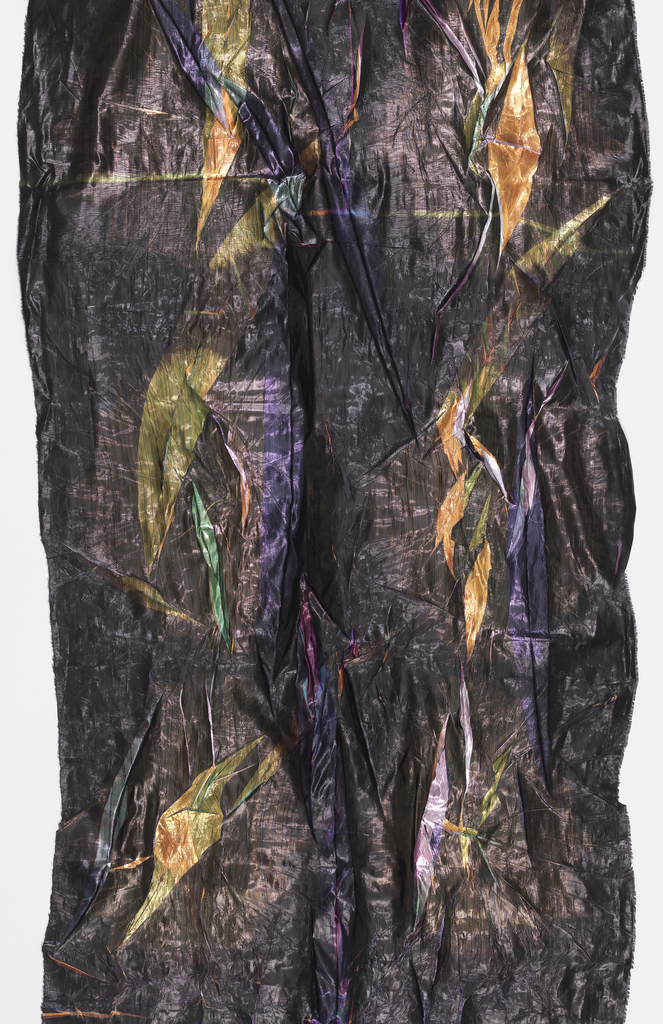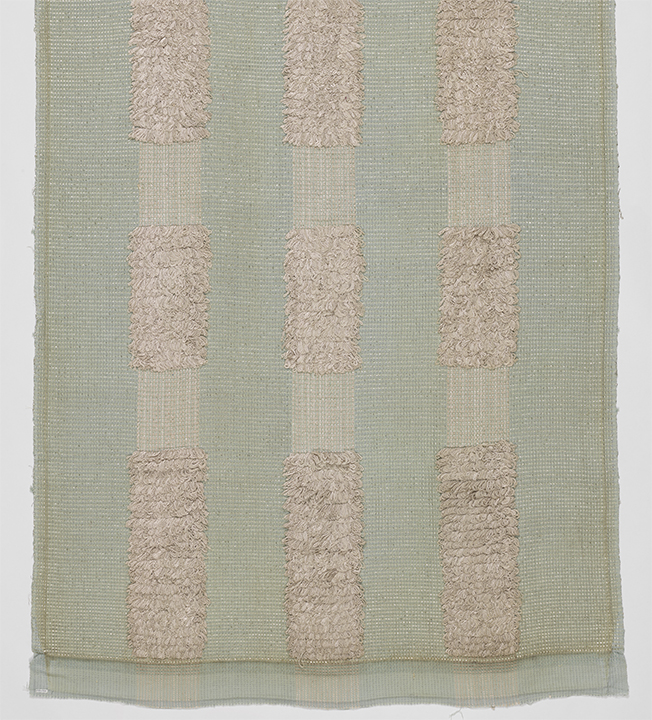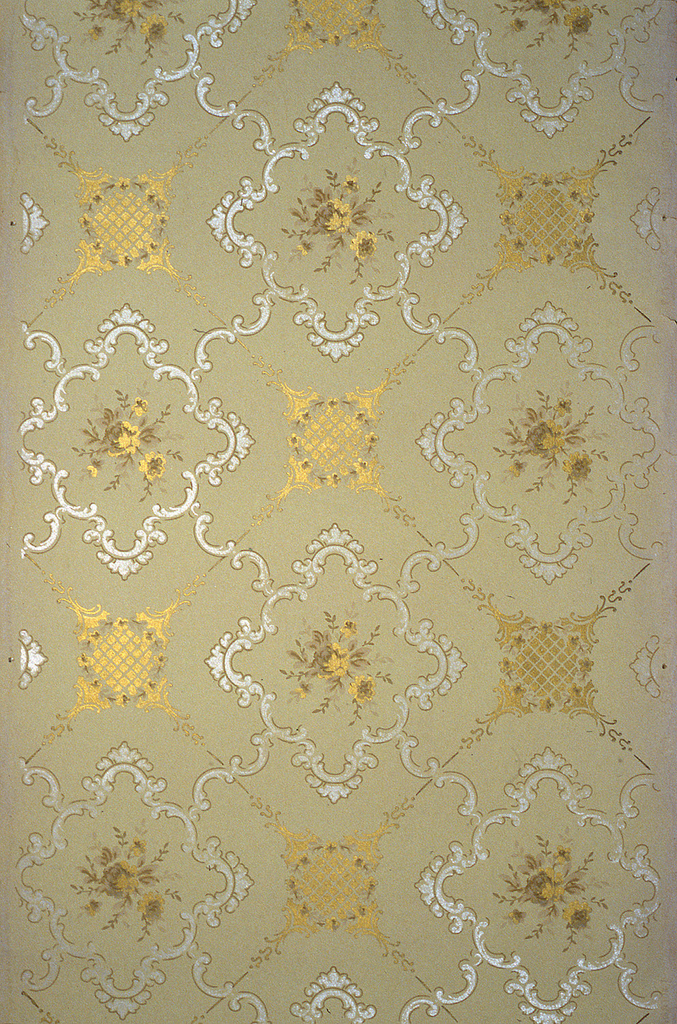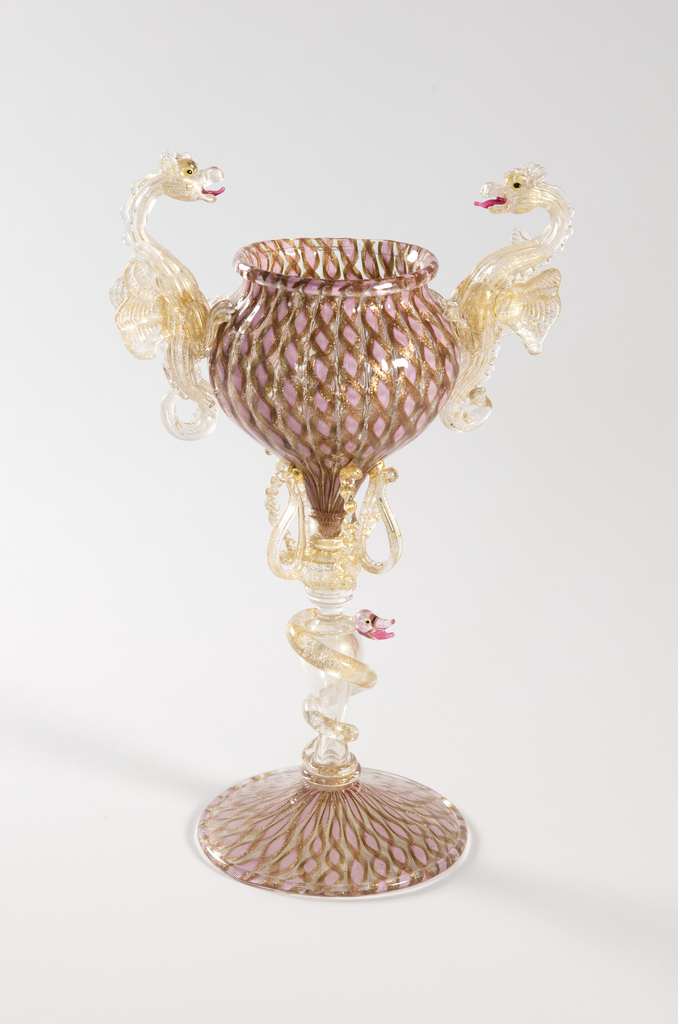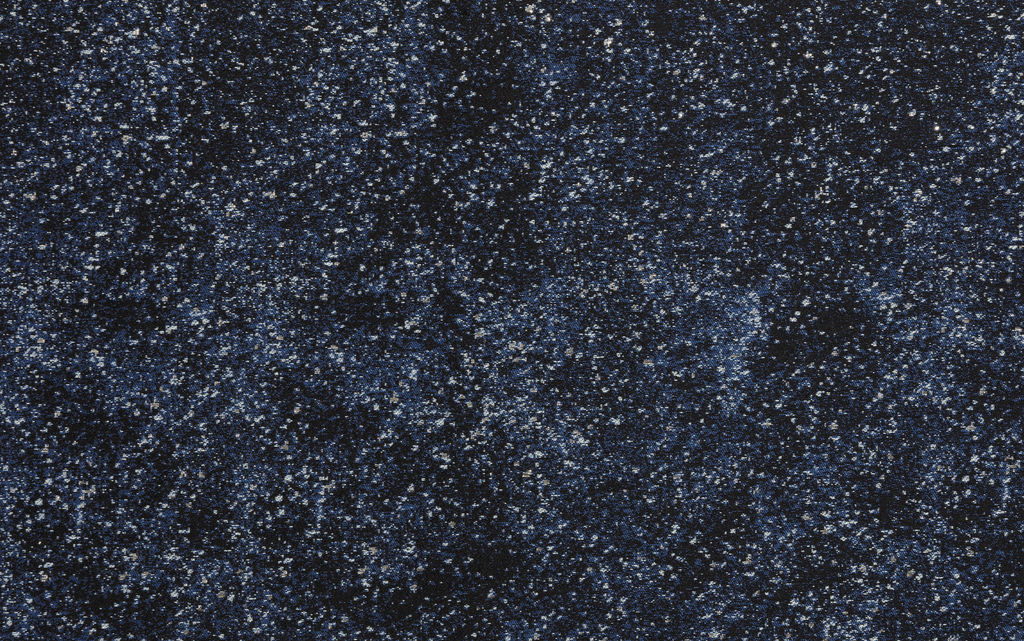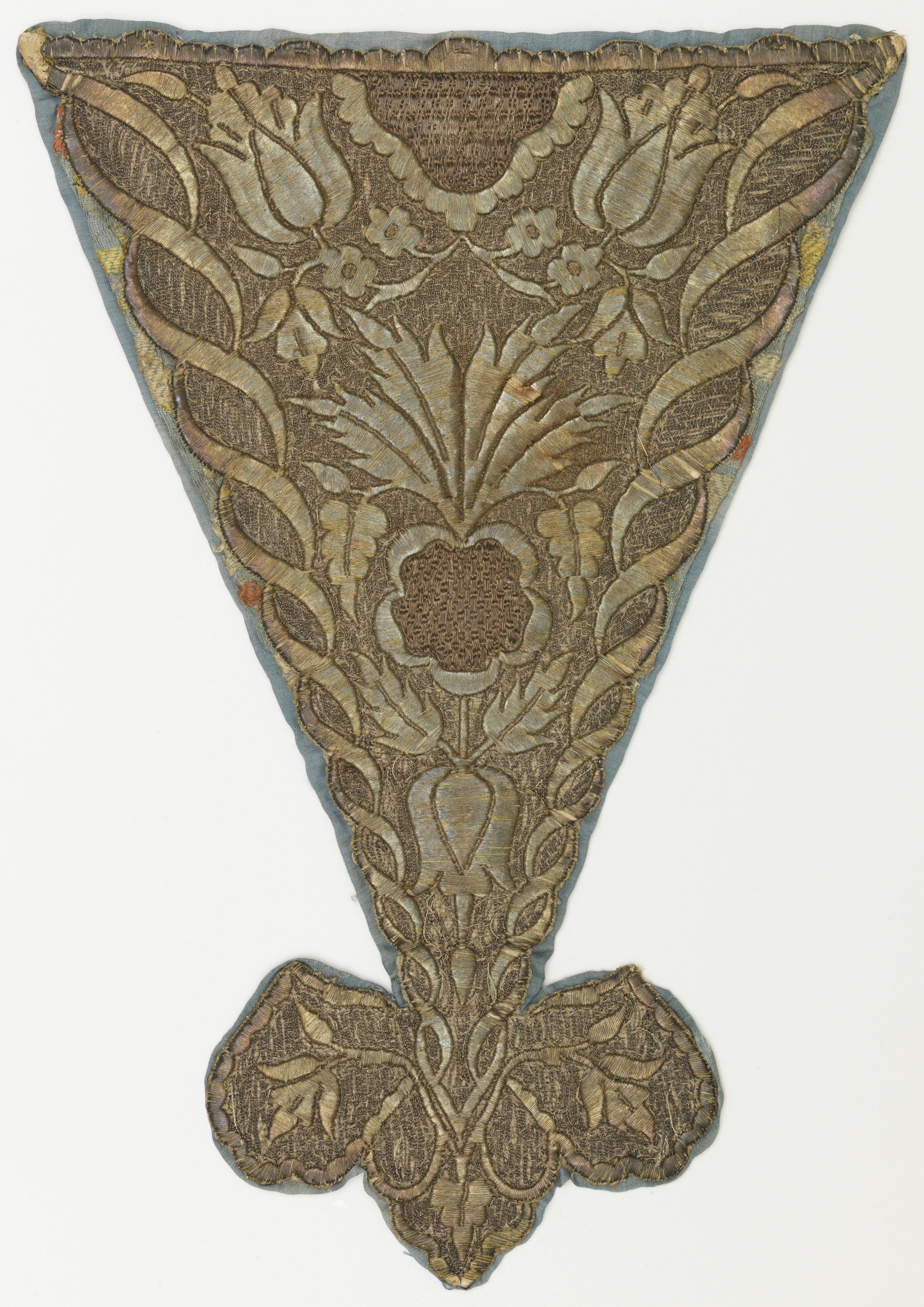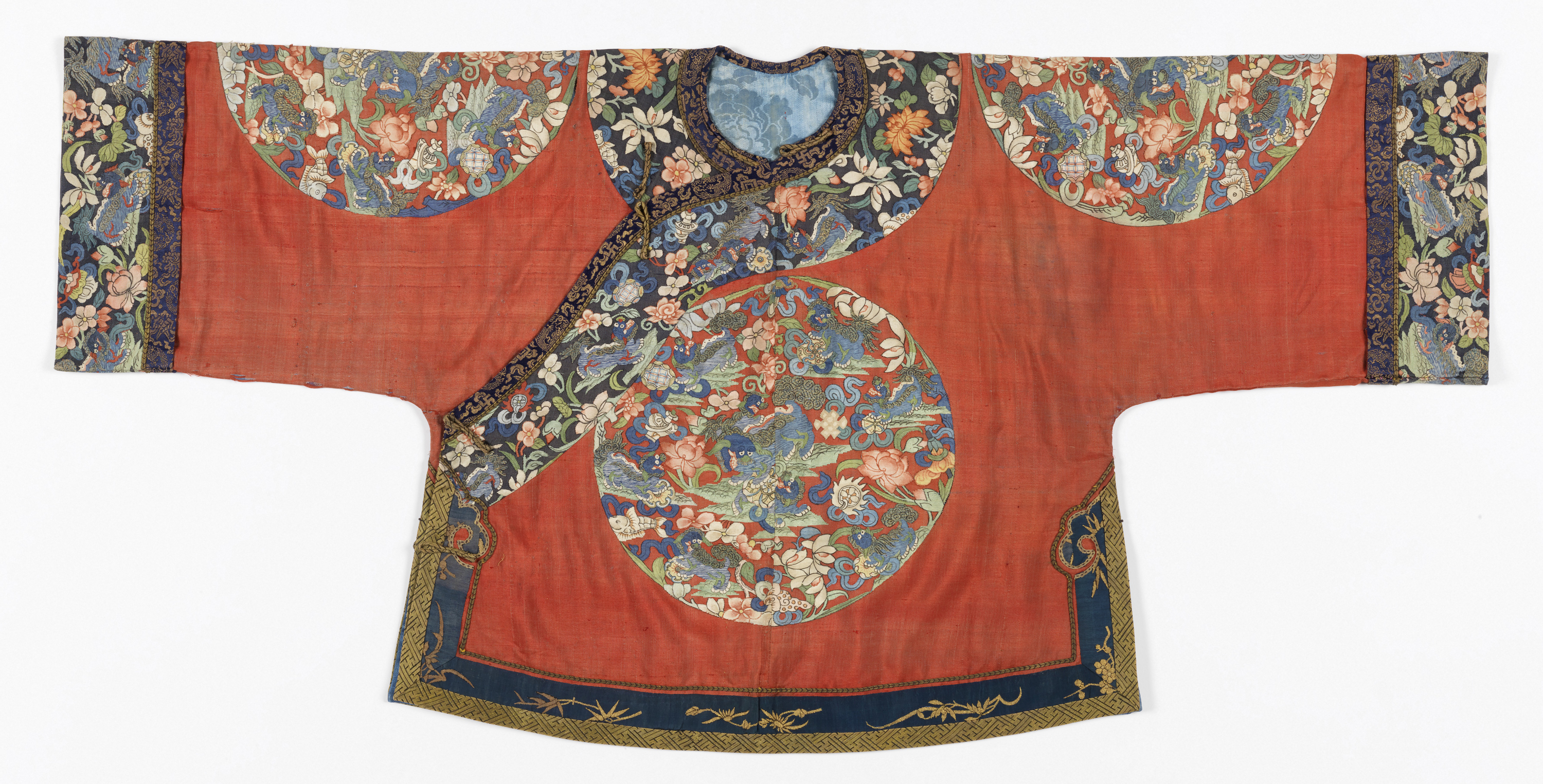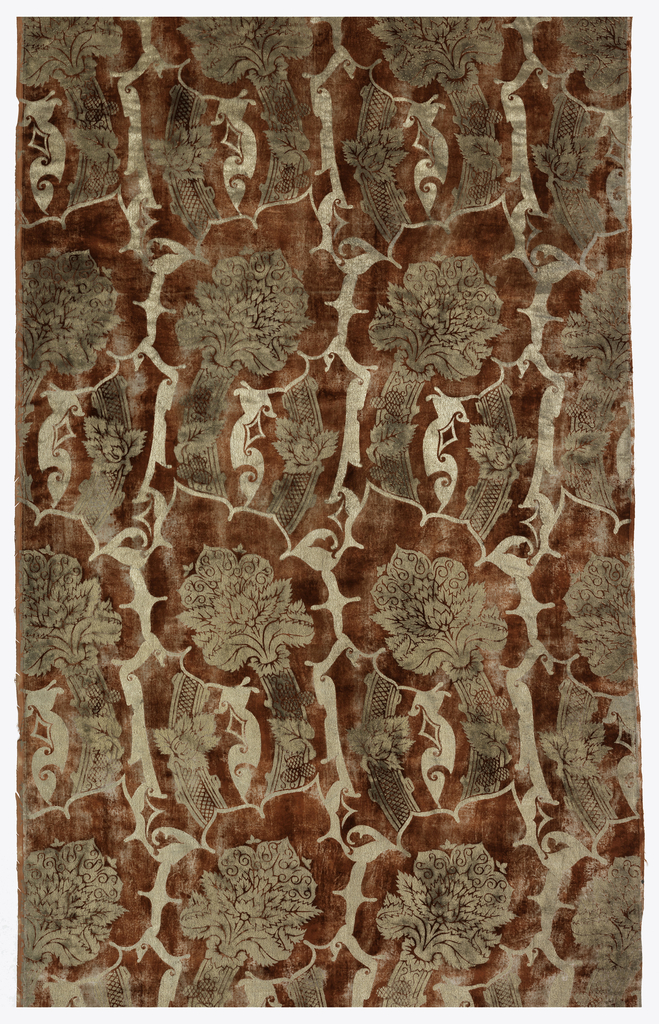Authors: Maria Davila and Eduardo Portillo In celebration of the third annual New York Textile Month, members of the Textile Society of America will author Object of the Day for the month of September. A non-profit professional organization of scholars, educators, and artists in the field of textiles, TSA provides an international forum for the...
Author: Erica Warren In celebration of the third annual New York Textile Month, members of the Textile Society of America will author Object of the Day for the month of September. A non-profit professional organization of scholars, educators, and artists in the field of textiles, TSA provides an international forum for the exchange and dissemination...
As the holidays draw near and decorations go up we begin to see the traditional hues of red and green, and their counterparts, silver and gold, appear around every corner. In accordance with this timing, it is appropriate to examine wallpapers that really exemplify this vein. Ceiling papers during the late nineteenth and early twentieth...
This extraordinary chalice takes its inspiration from dragon-stem goblets made by the legendary Venetian glassworkers in the seventeenth century. In this example, also made in Venice but in the late nineteenth century by Salviati & Company, the dragons have been elevated to the body of the cup. Several remarkable glassworking techniques are on display in this object....
Starry Indigo embodies two vital Japanese textile traditions which derive from the kimono: indigo dyeing which can achieve the darkest and lightest of blues through repeated dipping in the dye vat, and woven silk accentuated by luxurious metallic coated washi thread (silver in Starry Indigo). The appearance of starlets twinkling in a midnight blue sky...
Silk designs of 1695 to 1715, commonly termed ‘bizarre,’ were characterized by sinuous lines, strong diagonal movement, and motifs in strangely juxtaposed scales, which might include architectural elements, chinoiserie, and fantastical fruits and flowers. The seventeenth century was the age of exploration, and fashionable novelty was found in the rare and strange. Botanical gardens such...
The stomacher was a necessary element of a woman’s daily wardrobe in the eighteenth century. Often elaborately decorated with embroidery, ribbon bows, and metal threads, the triangular shaped accessory covered the open front of the robe à la française. As the fundamental style of dress during this period, these gowns were characterized by their front...
The Qing imperial rulers (1644-1911) were of Manchu ethnicity, and ruled over a mostly Han population. For centuries, Manchu women were required to wear long one-piece robes and Han women two-piece outfits that included a jacket and skirt. Featuring elements of both traditions, this Manchu jacket demonstrates the increasing fusion of these fashions in the...
Mariano Fortuny and his family collected textiles and costumes from around the world, compiling a rich resource that served as inspiration for his own designs. “A fabric design,” he once noted, “concretely captures a moment through the skill of the artist, who responds unconsciously to the place and time in which he lives.” This pattern...
